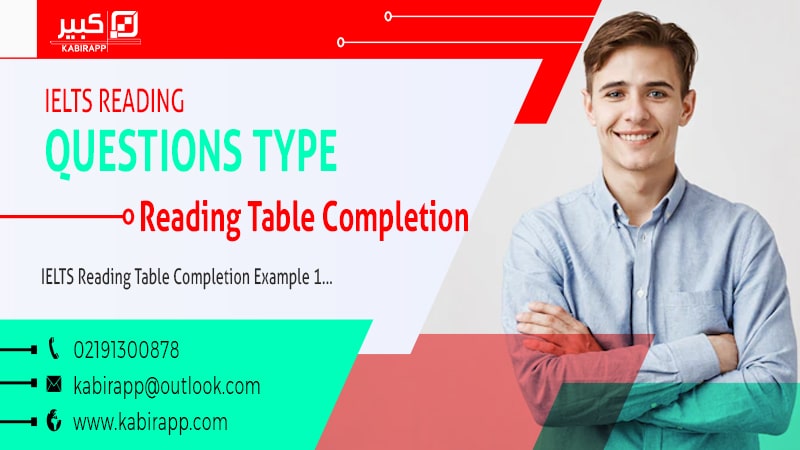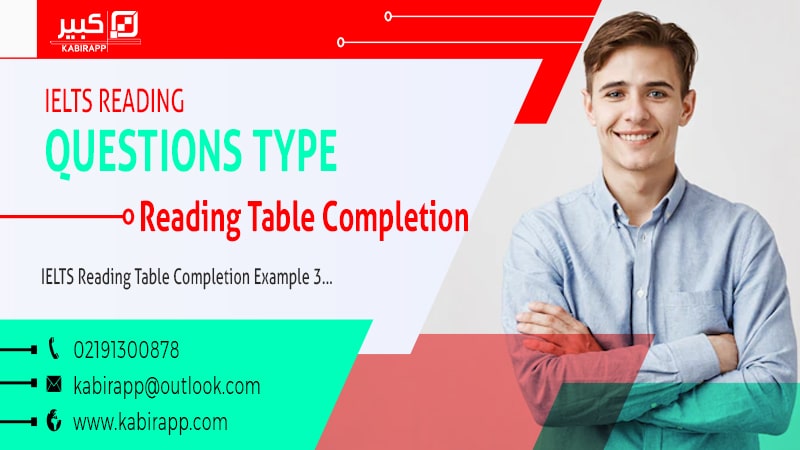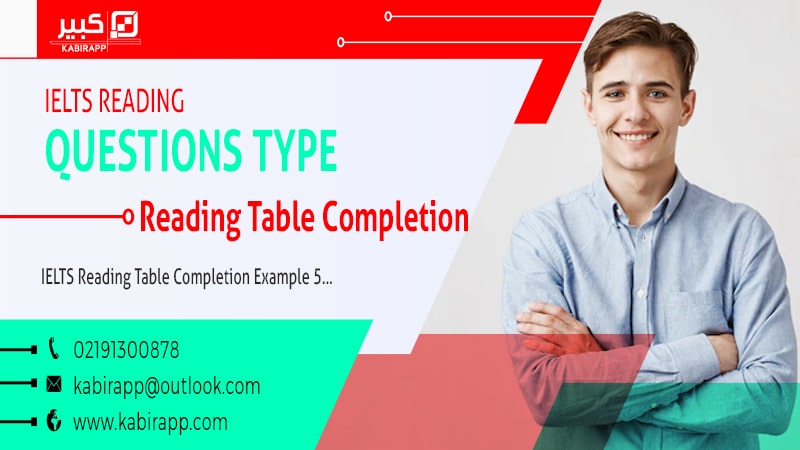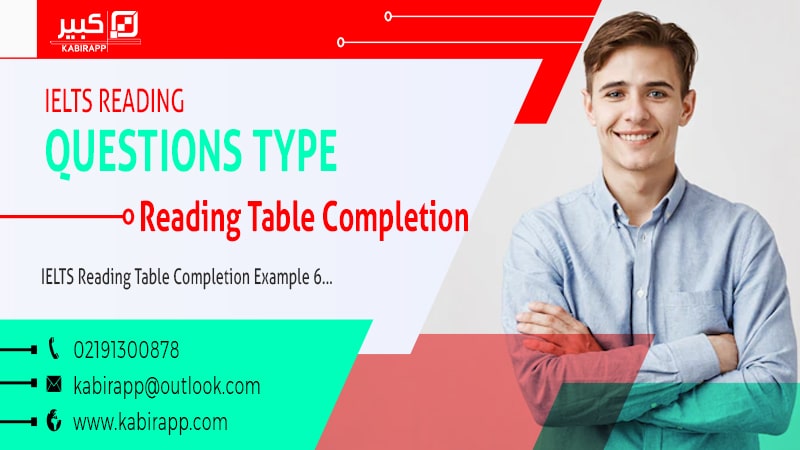محتوای الکترونیکی
IELTS Reading Table Completion Example 4
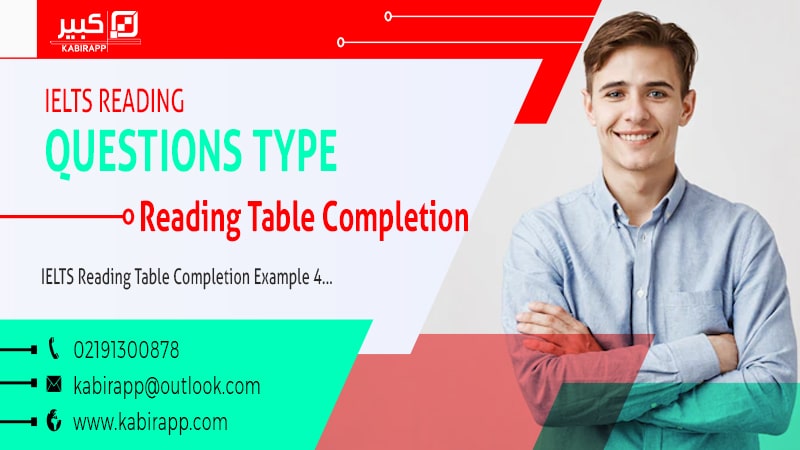
SculptureA. In Africa, perhaps more than any other region in the world, three-dimensional artwork is favoured and given more emphasis than two-dimensional paintings. Whilst some experts hold that the art of sculpture in the continent dates back to the Nok civilization of Nigeria in 500 BC, this is disputed due to evidence of the art’s existence in Pharaonic Africa. To the expert eye, African art is clearly defined by the region from which it is from and easily identifiable from the differences in a technique used and material from which it is made. Figurines from the West African region are sculpted in two distinctly different forms. The first is characterized by angular forms and features with elongated bodies, such sculptures being traditionally used in religious rituals. Conversely, the traditional wood statues of the Mande speaking culture possess cylindrical arms and legs with broad, flat surfaces. Metal sculptures that hail from the eastern regions of West Africa are heralded by many as amongst the most superior art forms ever crafted. B. Central African sculpture may be a little more difficult to identify for the novice observer as a wider variety of materials may be used, ranging from wood to ivory, stone or metal. However, despite tills, the distinct style of usage of smooth lines and circular forms still helps to define the origin of such works. In both Eastern and Southern Africa, typically, art depicts a mixture of human and animal features. Art from the former region Is usually created in the form of a pole carved in human shape and topped with a human or animal image which has a strong connection with the death, burial, and the spiritual world. Such creations are less recognized as art in the traditional sense than those from other parts of Africa. In Southern Africa, the human/animal hybrid representations are fashioned from clay, the oldest known examples dating back to from between 400 and 600 A.D. |
Questions 1-5
Complete the table.
Choose NO MORE THAN TWO WORDS from the passage for each answer.
Write your answers in boxes 1-5 on your answer sheet.
Regional African Art | ||
| Region | Style | Additional Information |
| Eastern Africa
| Subjects similar to the 1_____________ area of the country. | Less sought-after than other styles of African art. |
| Southern Africa | Artwork representing human & animal form
| Made from 2________________ |
| Western Africa | Style 1 Sharp lines, long bodies | Conventionally made for the purpose of 3________________ |
| Style 2 Cylindrical, broad and flat lines crafted from 4_______________ | Made by Mande speakers
| |
| Central Africa | Smooth lines & circular forms | Often more difficult to recognise due to the diversity of 5_____________used. |
Answers
|
Explanation
| For the first question, the answer can be found in paragraph second; “in both Eastern and Southern Africa, typically, art depicts a mixture of human and animal features” For the second question, the answer is in the second para; ‘In Southern Africa, the human/animal hybrid representations are fashioned from clay.’ For the third question, the answer is in the first para; ‘Figurines from the West African region are sculpted in two distinctly different forms. The first is characterized by angular forms and features with elongated bodies, such sculptures being traditionally used in religious rituals.’ For the fourth question, the answer is in the first para; ‘Conversely, the traditional wood statues of the Mande speaking culture possess cylindrical arms and legs with broad, flat surfaces.’ For the fifth question, the answer is in the second para; ‘Central African sculpture may be a little more difficult to identify for the novice observer as a wider variety of materials may be used.’ |
بهترین ها
| نام | تعداد آزمون | میزان موفقیت | |
|---|---|---|---|
| َAmeneh Darvishzadeh | 1 | 100/00 % | |
| Mehrad Hashemi | 1 | 100/00 % | |
| مهدی حسین پور آقائی | 1 | 100/00 % | |
| Farnoush Toghiany | 21 | 98/36 % | |
| zahra namdari | 46 | 98/21 % | |
| یاسمن محمدی پور | 4 | 98/08 % | |
| Sheida Taheri | 3 | 97/37 % | |
| پژمان همدانی | 3 | 97/37 % | |
| محمدحسین میرزایی | 3 | 97/30 % | |
| Tara Mohammadi | 3 | 96/43 % | |
| yasaman mohamadipur | 51 | 95/86 % | |
| محمدجواد ملائی اردستانی | 3 | 94/44 % | |
| Arzhang Saberi | 4 | 93/33 % | |
| Soheila Karimi | 124 | 92/73 % | |
| aram farhmand | 10 | 92/31 % | |
| یاشار اسکندری | 98 | 91/14 % | |
| الشان مقیمی آذر | 11 | 90/80 % | |
| عباس پورمیدانی | 1 | 90/00 % | |
| پریسا سلوکی شهرضایی | 72 | 89/49 % | |
| ارشیا قلمکاری | 33 | 89/23 % |
